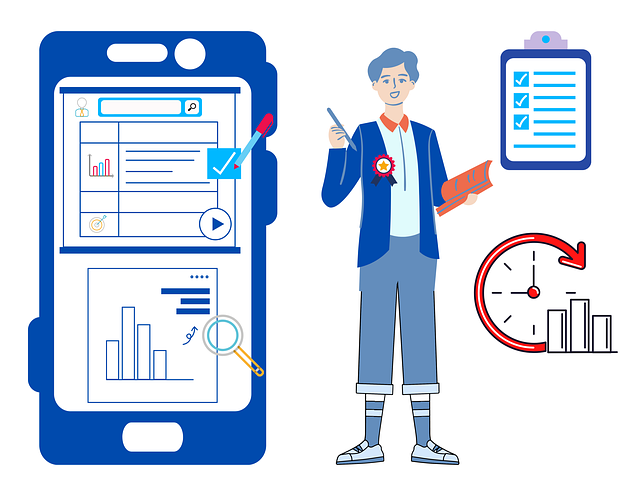In today's digital age, AI is revolutionizing customer interactions in promotions and marketing by offering personalized experiences through advanced machine learning algorithms. A notable example is AI gesture-controlled workout navigation, which provides tailored video content and real-time feedback based on users' movements, enhancing engagement and tracking interaction levels. This technology ensures promotions remain relevant throughout the customer journey. However, challenges such as data privacy concerns must be addressed through robust data protection measures and open communication about AI algorithms.
AI tools are transforming how gyms and fitness apps personalize promotions, offering tailored experiences that cater to individual member needs. This article explores the role of artificial intelligence in crafting compelling workout journeys, highlighting its potential through AI gesture-controlled navigation. We delve into the enhanced user experience, benefits, and challenges of AI-driven personalization, providing insights for fitness professionals seeking innovative ways to engage and retain members.
- Understanding AI's Role in Personalized Promotions
- How Gesture-Controlled Workout Navigation Enhances User Experience
- Benefits and Challenges of AI-Driven Personalization for Members
Understanding AI's Role in Personalized Promotions

In today’s digital era, Artificial Intelligence (AI) is revolutionizing how businesses interact with their customers, particularly in the realm of promotions and marketing. AI tools equipped with advanced machine learning algorithms play a pivotal role in transforming generic advertising into highly personalized experiences for individual consumers. By analyzing vast amounts of customer data, these intelligent systems can identify patterns, preferences, and behaviors, enabling them to create tailored promotions that resonate with each member uniquely.
One notable application of AI in this context is the integration of gesture-controlled workout navigation, where personalized video content and real-time feedback are delivered based on users’ movements and choices. This technology not only enhances the user experience but also allows for precise tracking of engagement levels, ensuring that promotions remain relevant and effective throughout members’ journeys.
How Gesture-Controlled Workout Navigation Enhances User Experience

AI gesture-controlled workout navigation revolutionizes fitness experiences by offering a personalized, intuitive approach. Instead of navigating complex menus or buttons, users can simply perform natural gestures to select exercises, adjust intensity levels, and track progress in real-time. This hands-free interaction not only reduces distractions but also allows for more focused workouts, enhancing overall user satisfaction.
The technology leverages advanced AI algorithms to interpret gestures accurately, ensuring a seamless experience. By learning individual preferences and workout patterns, the AI can tailor promotions and recommendations accordingly. For instance, if a member consistently chooses high-intensity interval training (HIIT), the system can prioritize HIIT-focused content, making it easier for users to access their preferred workouts and fostering a more engaging, efficient fitness journey.
Benefits and Challenges of AI-Driven Personalization for Members

AI-driven personalization offers a myriad of benefits for members, transforming their experience with tailored content and recommendations. By analyzing user behavior and preferences, AI tools can create dynamic promotions and targeted campaigns that resonate with individual members. For instance, an AI gesture-controlled workout navigation system can suggest personalized exercise routines based on past performance and goals, enhancing motivation and engagement. This level of customization fosters a sense of belonging and satisfaction, encouraging members to actively participate and derive maximum value from the platform.
However, challenges exist in implementing AI personalization, particularly regarding data privacy and ethical considerations. Members may be hesitant to share their biometric and behavioral data due to concerns over security breaches or unauthorized access. Additionally, ensuring transparency in AI algorithms is crucial to building trust; members should understand how their data contributes to personalized experiences. Overcoming these obstacles requires robust data protection measures and open communication about the benefits of AI personalization while giving users control over their information.
AI tools are transforming the way fitness centers engage members, offering personalized promotions based on individual preferences and behaviors. By leveraging AI and gesture-controlled workout navigation, gyms can enhance user experiences, cater to diverse needs, and ultimately drive member satisfaction and retention. While challenges exist, such as data privacy concerns and the need for seamless integration, the benefits of AI-driven personalization promise a new era of tailored fitness solutions.
